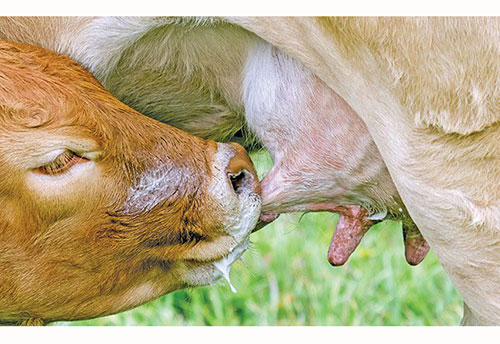The main aim of beef production is to produce as many calves as possible. If you wean your calves properly, your cows should be able to calve every year. A calf should be weaned when it is seven to eight months old.
But the exact time of weaning should depend on the condition of the cow, not the age of the calf.
If you wean a calf before the cow’s condition score falls below 2.5, the cow is likely to maintain her condition. Winter feed has to be adequate, however. If possible, wean the calf before the cow’s condition score falls below 3.0. During times of drought and poor feed supply, wean the calf early (about six months) to enable the cow to recover before winter. It is important for the cow to recover properly before her next calf is born.
In the eastern parts of the country, a calf born during spring can be weaned early in May at the age of seven to eight months. In the western parts, a calf can be weaned late in May or early June at seven to eight months, as the breeding season tends to be later in these regions.
Early weaning should only be considered during a severe drought or feed shortage, as calves weaned at a relatively young age (less than five months) will not develop properly.
If the condition of the cow deteriorates before the planned weaning time, you must decide whether to wean early and supply concentrate to the calf, or provide a roughage supplement to the cow, which will still be suckling the calf.
The cost of feeding an early-weaned calf is relatively high, as it will be fed mainly concentrates. You should therefore supply these concentrates only during difficult conditions.
Castrate, dehorn and brand the calves when they are two to three months old, not just before weaning. This will ensure that the stress of these operations doesn’t add to the stress of weaning. Keep a few dry cows with the weaners to help them stay calm.
Provide plenty of good-quality roughage, water and shade in the weaning camps. To prevent excessive walking and trampling, the camps should not be too large.
The weaning process should last a week or two, depending on the age of the calves and the breed of cow.
-Farmer’s Weekly


